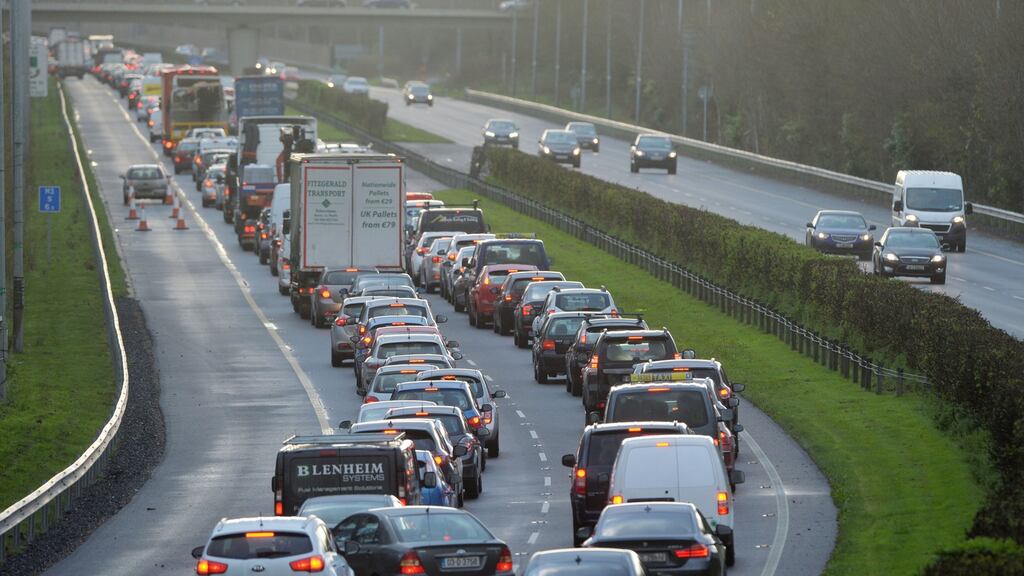The group that operates and maintains the M3 and M4/M6 motorways saw its profit fall by more than a quarter in its last financial year, according to its latest accounts.
The M3 motorway, run by Eurolink Motorway Operations, links Dublin with Navan and the northwest of the country. The 194km M4/M6, run by Eurolink Motorway Operation, is the Dublin to Galway road.
While the M3 and M4/M6 roads are run by separate business entities, they have common ownership. The two groups had a combined after-tax profit of €8.3 million for the year ended December 31st, 2018, down from €11.3 million the year before.
Their combined operating profit totalled €23.2 million, which was down from €28.3 million the year before, representing a fall of 18 per cent.
Gross profit was €29 million, which was down from €33.2 million, representing a decline of 13 per cent. Turnover, which represents money collected from tolls, was down 5 per cent to €44.5 million.
Traffic volumes on the M4/M6 increased on the previous year with daily volumes up by 4.2 per cent. Traffic on the M3 also increased, rising 6.1 per cent on a daily basis.
More profitable
The accounts suggest the M3 road, a highly controversial development when it was proposed in the late 1990s and unveiled by the Fianna Fáil-Green Party coalition in 2010, is more profitable than its Dublin-Galway counterpart.
It recorded an after-tax profit of €5.6 million, which was down from €6.7 million the year before, as opposed to €2.7 million, down from €4.6 million, for the M4/M6.
The company behind the M4/M6 employed 27 members of staff, at a total cost of €1.8 million, which was down marginally on the €1.9 million the year before. There were no additional hires over the period.
For the company behind the M3, there was one addition to staff, bringing the headcount to 24. It spent €1.4 million on staff costs, which was down marginally on the €1.3 million the year before.
The M3 bypasses Dunshaughlin, Kells and Navan, which were previously three of the worst bottlenecks in Ireland for decades. However, it was dogged by controversy from the moment it was first proposed in 1997.
Campaigners fought a long and ultimately fruitless battle to stop a section of the motorway being built near the Hill of Tara, but the government of the day argued the new motorway was actually further away from the hill than the existing N3.





